The Risk Analysis Unit (RAU) of WorkSafeBC has developed artificial intelligence software called Finding Risk in External News Data (FRIEND).
Jose Barranco, who manages RAU, said FRIEND is an information management system that leverages web-crawling and artificial intelligence (AI) to collect information and data from around the world.
FRIEND scans websites, journals, newsletters, databases and other online sources for signs of new and emerging industrial risks.
It has built a database of about 350 occupational health and safety (OHS) risks and analyzes it daily.
“The database collects information on what we know about the risks and what we’ve done about them,” said Barranco.
An earlier version of FRIEND, called Signals Scanning, used web-crawling through keyword searches in Google News.
“We have been using FRIEND since April 2021,” said Barranco.
The software is powered by machine learning, which is an application of AI.
Machine learning uses mathematical data models to help a computer “learn” without direct instruction.
As it “gets smarter” over time, it captures and displays news that is more relevant and that doesn’t duplicate other news.
“The ‘secret sauce’ in FRIEND is leveraging AI and web-crawling to identify what we don’t know about catastrophic and emerging OHS risks,” said Barranco. “The name of the game for AI is to train it and generate large data sets to help us uncover trends that are not easily detected by the human brain’s limited data processing capacity.”
FRIEND makes acquiring information about potential OHS risks more efficient, and gives RAU more opportunities to identify trends and patterns at an aggregated level that business can use to make informed decisions.
“The results are reviewed by a team of seven risk professionals that help us make the AI learn what it is that we are looking for,” said Barranco. “In the future we should be able to leverage this training and have the AI taking on more gathering tasks.”
So far FRIEND has helped RAU detect and evaluate risks originating in the introduction of such green energy technologies as biogas processing, carbon capture and vertical farming.
“The strongest signal we are following right now is the ban on quartz countertop manufacturing in some jurisdictions in Australia,” said Barranco. “The amount of silica released by countertops made of quartz is significantly higher than countertops made of other materials. This is not new, but information from other jurisdictions around the world is helping is define what could be done here.”
Barranco said every organization should start learning about AI and how it can help it.
“This technology has very promising applications,” he said. “In our case we are teaching AI to identify risk signals that match our particular mandate and interest as a regulator.”
Barranco said deep learning models are publicly available.
“The one we use is from OpenAI,” he said. “It’s important to mention that no information from our WorkSafeBC databases goes into the model.”
WorkSafeBC is not the only health and safety organization in B.C. that is using AI to help it work smarter.
Technical Safety BC (TSBC) is the provincial regulator that monitors companies and individuals that use, install and maintain the thousands of pieces of complex technical equipment that are used in B.C.
They include electrical and gas equipment, boilers, pressure vessels and refrigeration, elevating devices, ski lifts and passenger gondolas, Skytrains (light rapid transit), railways operating in B.C. and amusement devices.
TSBC monitors almost 11,000 companies and just under 40,000 workers.
To analyze and evaluate the hazards connected with the equipment and the potential risks they pose to public safety, TSBC uses a system called Structured Resource Allocation (SRA) that uses both data and human expert knowledge.
“SRA has the processing capacity to look for patterns,” said Abraham van Poortvliet, TSBC vice-president of data analytics and decision science.
The system is based on the assumption that some equipment in some installations, for one reason or another, pose a higher risk than others and require more attention from safety officers.
“We have about 150 safety officers and about 50 incident investigation officers and SRA helps them decide where and when to do their inspections,” said van Poortvliet. “It enables us to prioritize our resources so our safety officers can work more efficiently.
“As we get better at identifying the major hazards, the better our chances of catching them. Because B.C. is pretty safe, we need to use technology to help us go through the data to find the most likely hazards.”


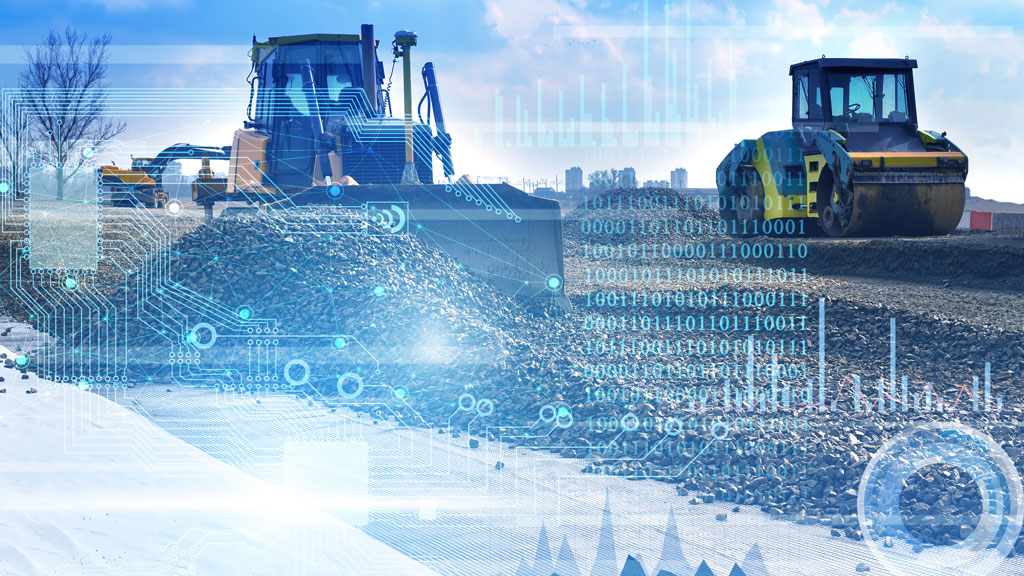
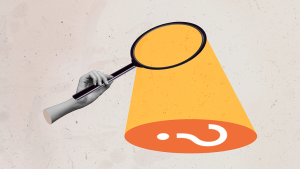

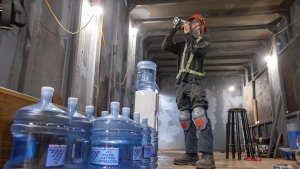
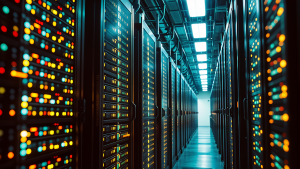
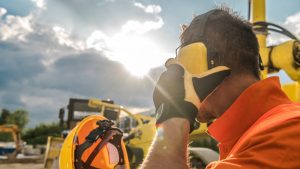

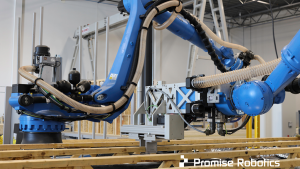
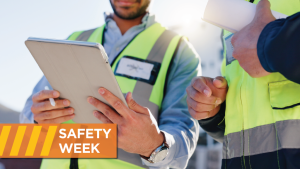
Recent Comments